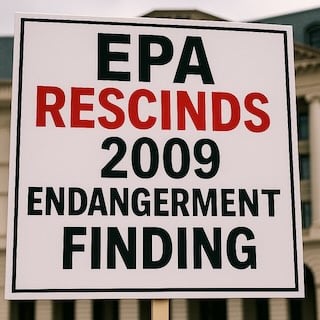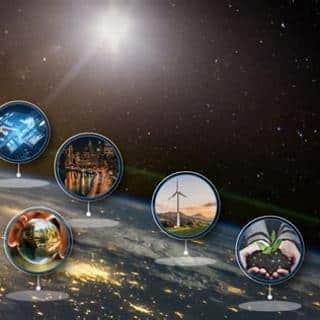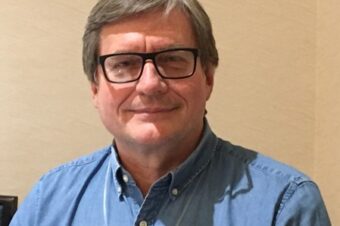Photo taken above is from DARWARS The project started in 2003 and was replaced by VBS2
VBS2 (Virtual Battlespace 2) is the successor of the battlefield simulation system VBS1. It was developed in close cooperation with the USMC, Australian Defence Force and other military customers of VBS1. VBS2 was officially launched on 17 April 2007.[1]
VBS2 offers realistic battlefield simulations and the ability to operate land, sea, and air vehicles. Instructors may create new scenarios and then engage the simulation from multiple viewpoints. The squad-management system enables participants to issue orders to squad members.
VBS2 was designed for federal, state, and local government agencies and can be specifically tailored to meet the individual needs of military, law enforcement, homeland defense, loadmaster, and first responder training environments.
VBS2 may be used to teach doctrine, tactics, techniques, and procedures during squad and platoon offensive, defensive, and patrolling operations. VBS2 delivers a synthetic environment for the practical exercise of theleadership and organizational behavior skills required to successfully execute unit missions.
VBS2 is suitable for training small teams in urban tactics, entire combat teams in combined arms operations or even non-military usage such as emergency response procedures in lethal and non-lethal environments or terrain visualization.
The Mind Research Network (MRN) announced October 26, 2011 a partnership with the United States Air Force Research Laboratory (AFRL) to find ways to improve performance in situations where soldiers are faced with life or death decision making. The Air Force has an interest in using neuro-image guided non-invasive brain stimulation to enhance skills including decision making, learning and memory, visual search, and multi- tasking.
Transcranial direct current stimulation (tDCS) is a form of neurostimulation which uses constant, low current delivered directly to the brain area of interest via small electrodes. Currently, tDCS is used as therapy for certain psychological disorders such as anxiety disorders and depression, as well as a tool for motor rehabilitation in stroke patients.
Neurosystems for National Security
Military and intelligence communities are involved in high impact, complex and rapidly changing situations that often require life and death decisions. These decisions and their consequences can alter the rest of their lives. Neurosystems for National Security (NS2) explores how neuroscience tools can help these professionals deal with combat stress and perform with optimal decision making.
The goal of NS2 is to translate high spatial and temporal resolution brain imaging, fMRI, MEG, and noninvasive brain stimulation into viable solutions for training soldiers and intelligence professionals to help them with real-time decision making and actions that avert injury and trauma. Noninvasive brain stimulation, specifically transcranial direct current stimulation (TDCS), is being used to attempt to influence the learning process, perhaps increasing the speed of learning or improving retention. TDCS utilizes scalp electrodes to deliver low amplitude direct currents to localized areas of the cerebral cortex (the superficial part of the brain), thereby modulating the level of excitability, or, put another way, increasing or decreasing the probability that neurons will talk to each other. “Even though TDCS has been applied to humans safely for decades, we are just beginning to learn how it helps to accelerate the learning process. Within the next couple of years, I expect great progress toward this goal,” says researcher Dr. Michael Weisend.









Leave a Reply